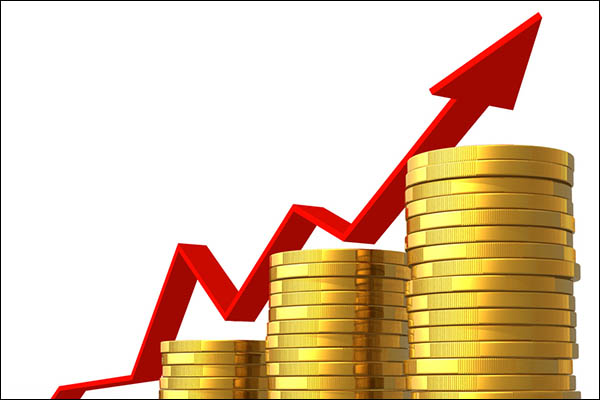
No Credit
The impact of a recent surge in food and petroleum prices was reflected in the weekly inflation data released by the Pakistan Bureau of Statistics (PBS) on Friday, as the sensitive price index (SPI) for the week ending Aug. 18 showed week-on-week inflation had increased by 3.35% and year-on-year by 42.31 percent.
According to the data released by the PBS, the average prices of 25 essential commodities, particularly food items, increased in the previous week against a decline in the prices of 11 items, including pulses, mustard oil and vegetable ghee. The government body said the prices for 15 essential goods had remained unchanged.
The information provided by the PBS shows that the bulk of the inflation was caused by a surge in food prices, particularly staples chicken and tomatoes, and non-food items such as electricity and fuel tariffs. It said that the SPI increased by 1.8 percent for the lowest income group—people earning less than Rs. 17,732/month), and by 3.94 percent for people earning over Rs. 44,175/month.
The PBS calculates the SPI on a weekly basis to determine the price differentials of essential commodities. It comprises 51 essential items whose prices are collected from 50 markets across 17 cities of the country.
In the past week, prices of the following essential items increased:
- Tomatoes — 20.28%
- Chicken — 7.57%
- Onions — 2.30%
- Powdered milk — 2.03%
- Eggs — 1.63%
- Electricity charges for Q1 —6.83%
- Petrol — 2.96%
- Cigarettes — 1.69%
Meanwhile, the prices of the following items decreased:
- Vegetable ghee (1kg) —1.16%
- Garlic — 0.94%
- Mustard oil — 0.71%
- Pulse masoor — 0.42%
- Cooking oil (five liters) — 0.31%
- Sugar — 0.03%
- LPG — 3.46%
- Diesel — 0.18%
Observers have warned that the ongoing fluctuation in fuel prices, which amount for nearly 7 percent of the total SPI, are likely to continue burdening the public with more inflation, especially in the face of stagnant wages, which reduces the purchasing power parity of the general consumer. Similarly, the government’s stated intent to increase sales tax and petroleum development levy over the next few months would likely be borne out in the data for the next financial quarter.
